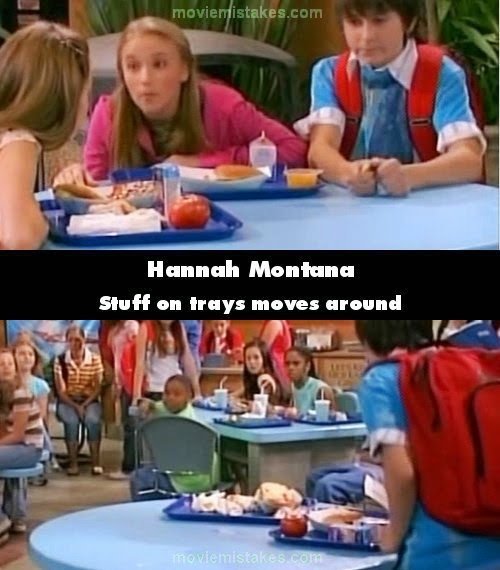BBC Documentary on Art and Gothic, review -
Britain's midnight hour bbd 4 consisted of three sererate parts, Blood for sale, The city and soul and Liberty diversity depravity.
The Gothic revival came to influence popular art, architecture and literature. , a sinister style of the dead, became popular in the 19th century and has now become a viral sensation and has been spread into novels, painting, poets, film makers. When it comes to anything gothic it all comes down to Dracula- figure of the vampire . A very popular phenomenon influencing gothic horror. Capitalism, drop of the workers blood working for the masters, ‘the time during which the labourer works, is the time during which the capitalist consumes the labour power he has purchased. Wackily court hotel , a gothic horror setting in the 1960’s , once was owned by the 19th century politician Otto Fitzgerald , was used in many successful British films as a set. Hammer horror studios a gothic styled mansion where the gothic horror films were made, a few 100 yards from the hotel closed down in 1979. To the gorgeous gothic meant architecture, a edit evil style of building brought to life and novels a fantasy of surreal life and fears. However as the 19th century grew fears deepened, revolution in science and industry was destroying the old social order and threatening moral oblivion. The British landscape was being transformed and urbanised, and Britain became a battle ground. As the modern world begun to take shape fed on anxiety and alienation. victorian city was a divided place , monuments and museums, slums and factories, science or faith. In the late 18th century , technology was about to shape the world scientists were mapping and labelling the earth. God being killed by science, or is science the source of new fears, new terrors and a new sense of darkness. Painters creating modern paintings however finding different ways to add a cold dark gothic horror sense to their images. Escaping your happiness by turning to drugs. Castles and London. Gothic horror included castles and The city of London. media evil architecture dedicated to the art of god. Pugins church , filled with art and design into one building, sense of madness within plugins creations which were barbaric and gloomy with visions of heaven and warnings of hell. Stow house, crumbling remains, ruined remains of a vanished past of henry the 8th and church of England. terror of revolution and terror of gods presence and fantasies. gothic bonfire. For my own work i will look at the artwork created and each individual detail of the buildings and cathedrals and experiment in ways i could use these details within my own work. By looking at the artists names researching what influenced them and what they used in their artwork to show the gothic horror setting. Such as Magia Posthuma - a gothic horror book written by Karl Ferdinand von Schertx in 1704, London castles and Walpole’s Strawberry Hill house - a Gothic Revival villa in Twickenham, London by Horace Walpole in 1749 famous for its architecture. The house includes many different gothic features such as the decoration within the towers, basement and decoration inside and outside which brings gloomth. One of the main gothic horror elements of this house is the fire place in the round room.










































